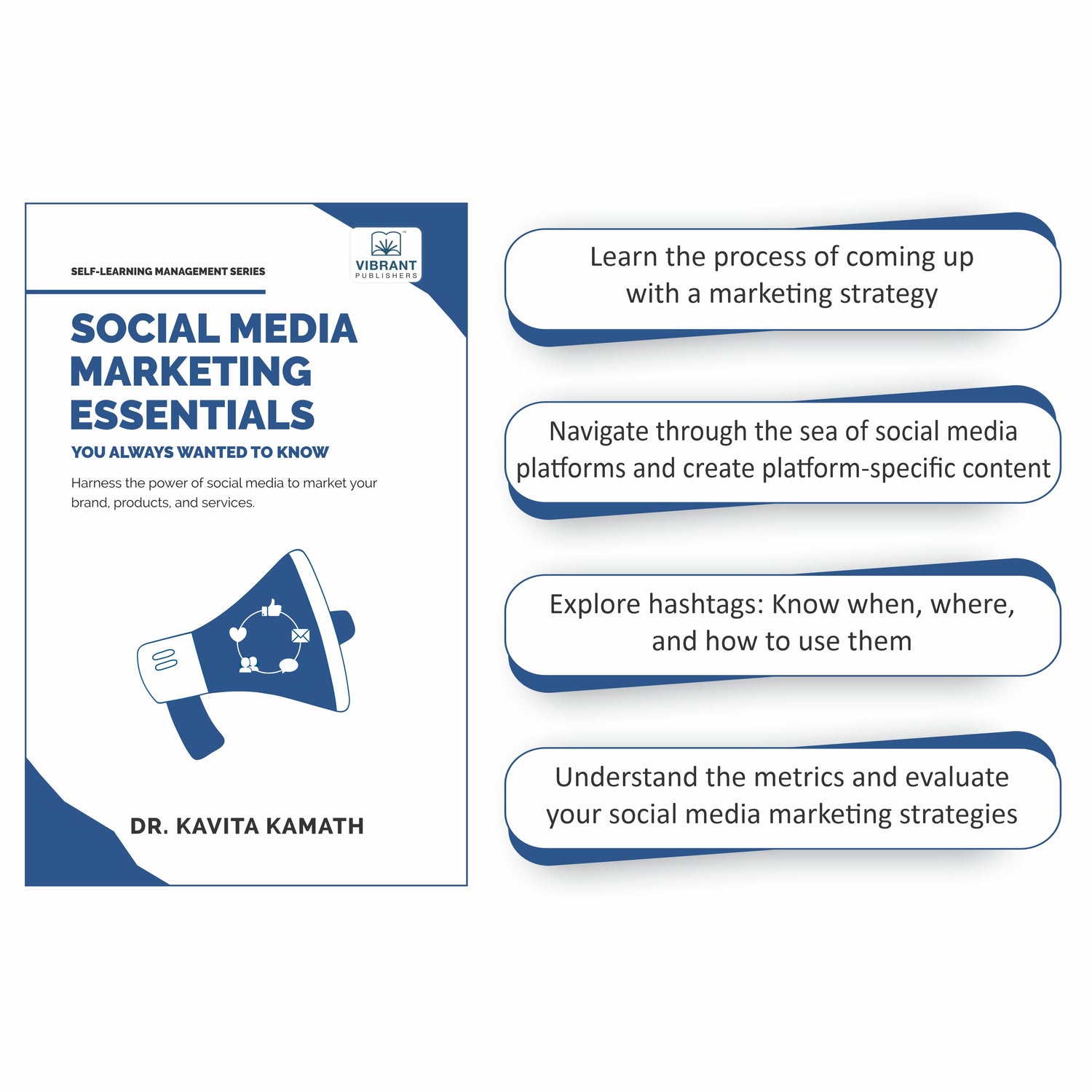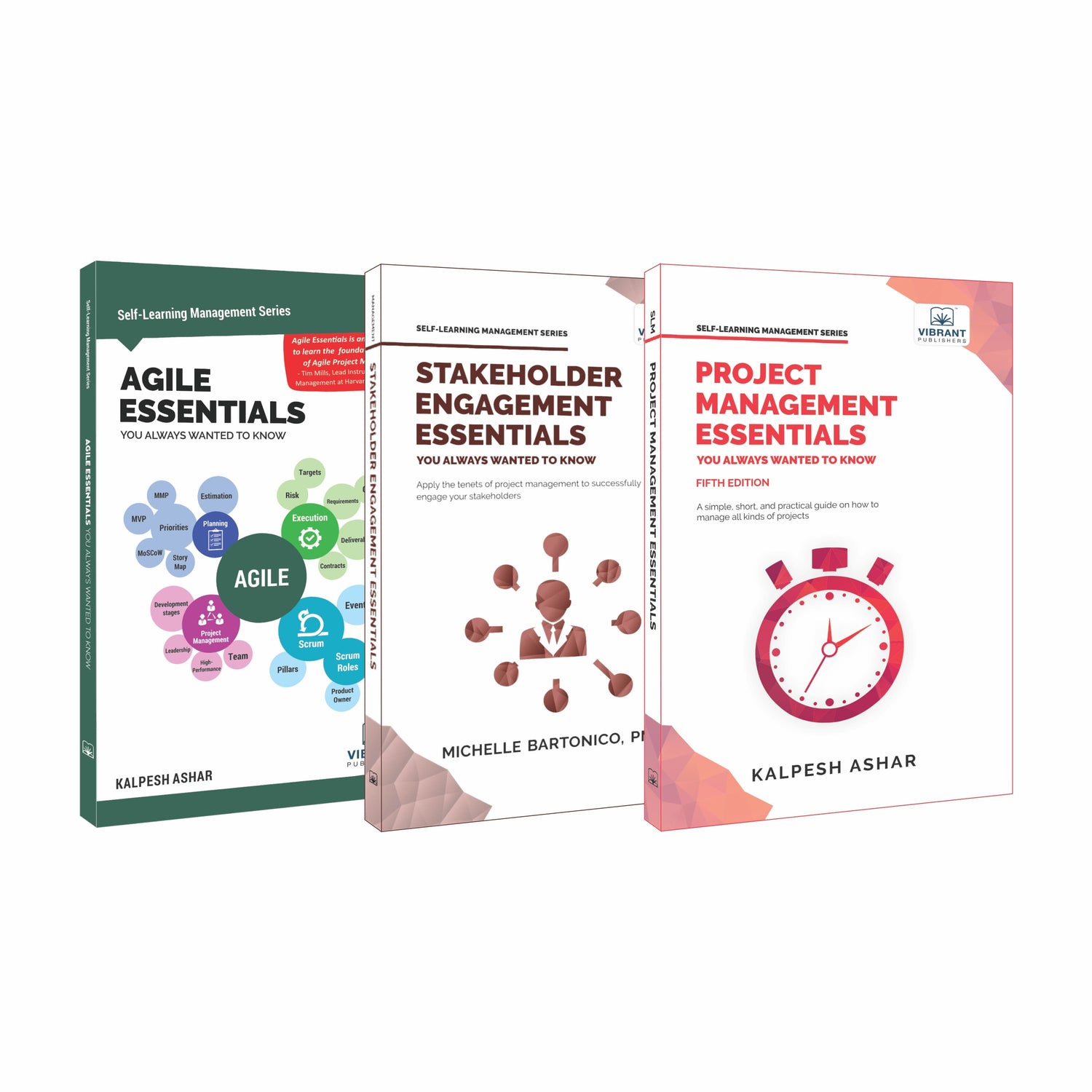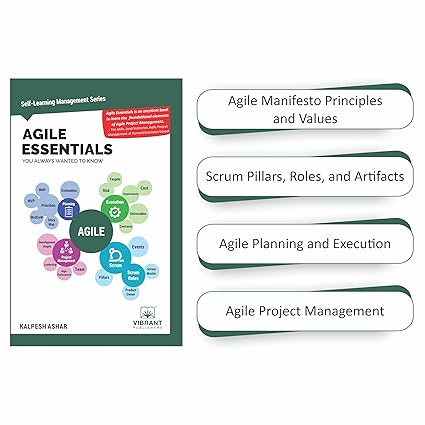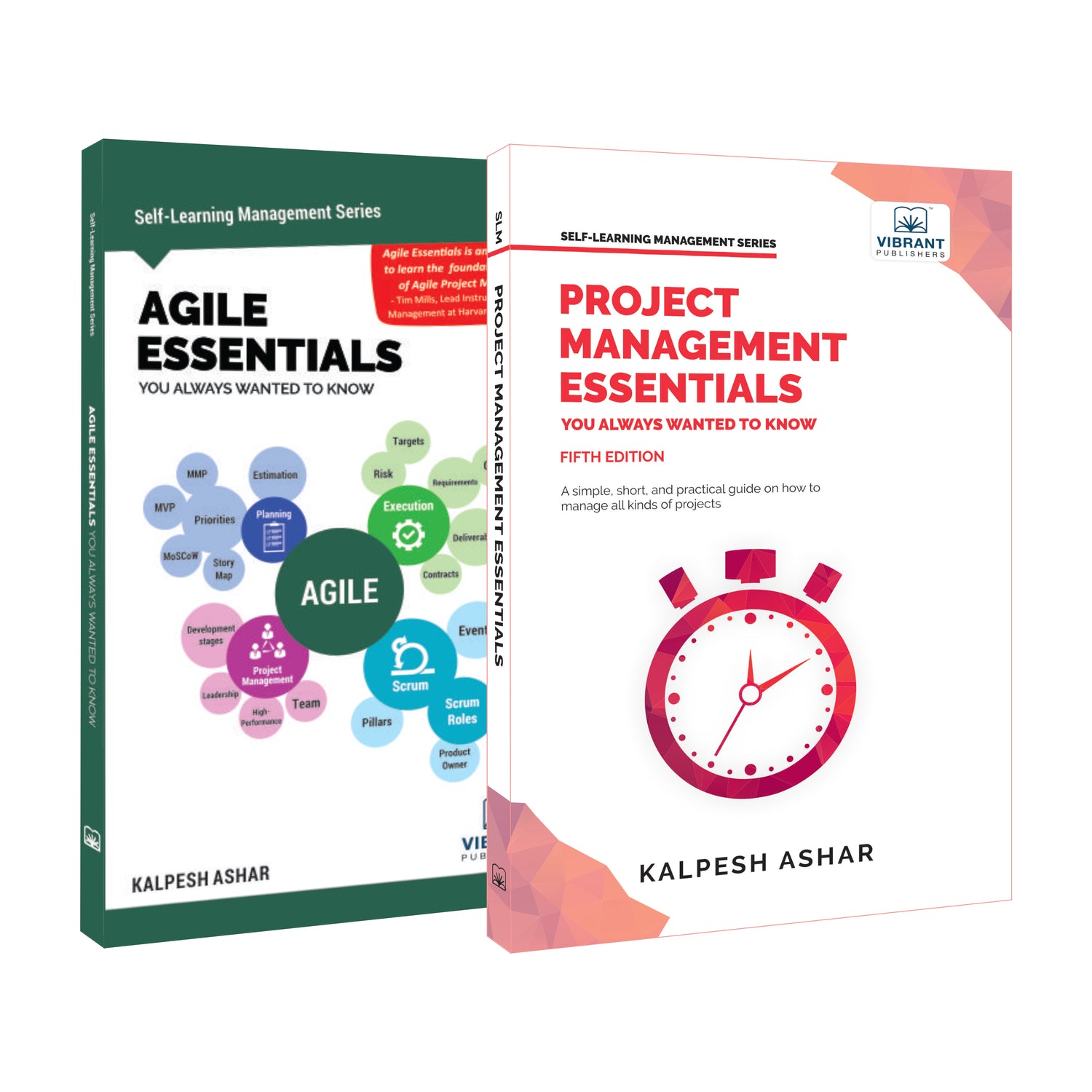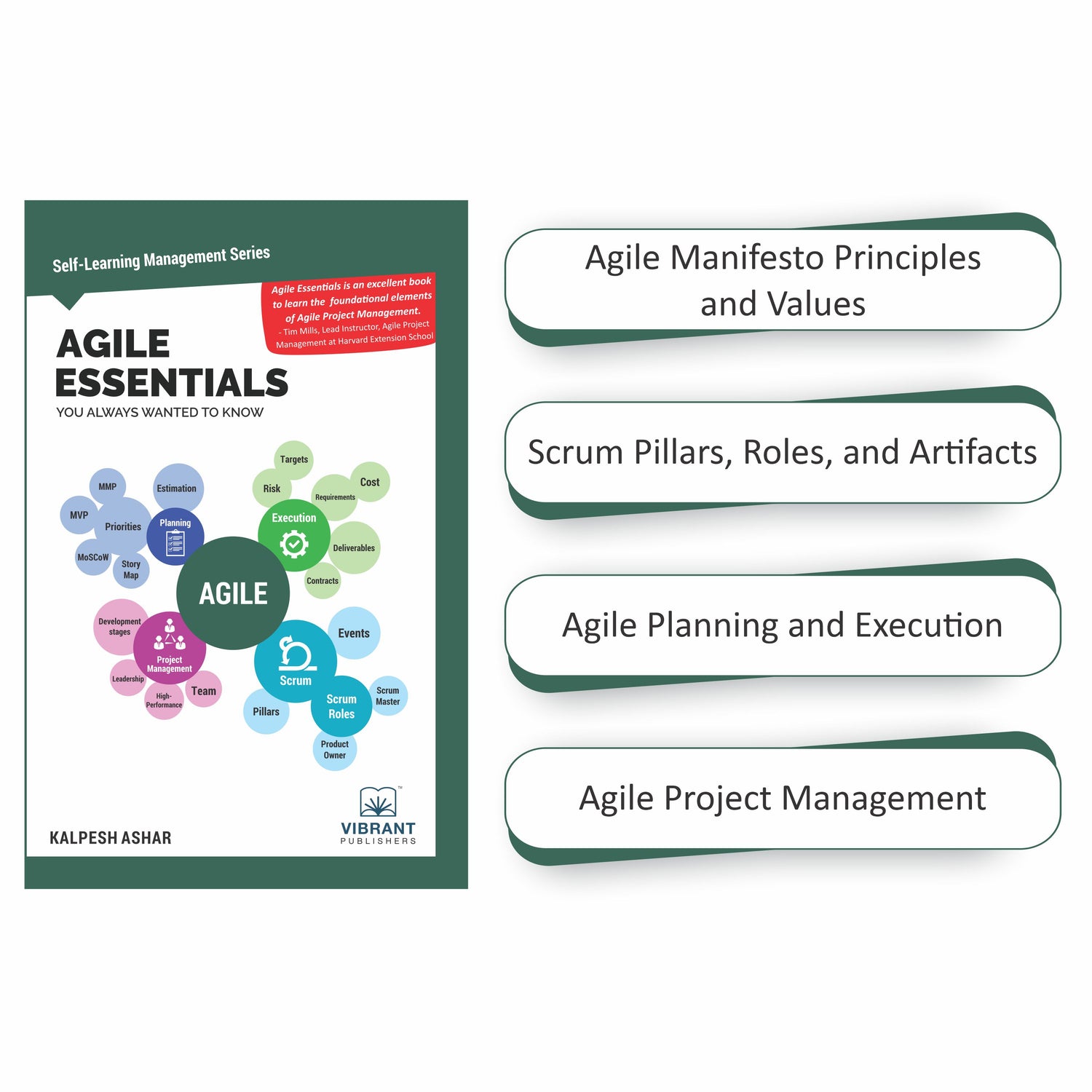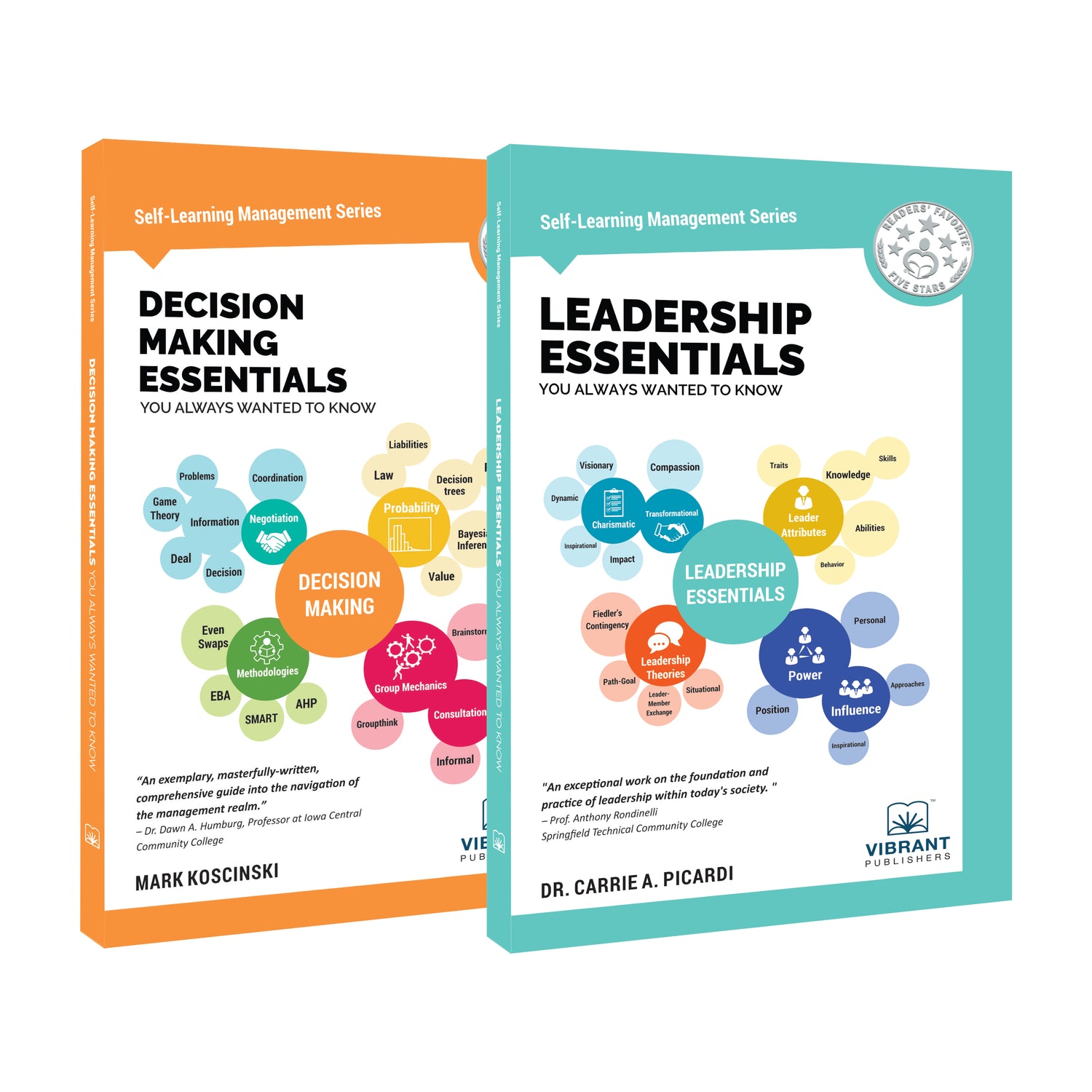
Microeconomics is Essential For You!
Economics is a part of our everyday lives. From deciding which toothpaste to buy, which mode of transport to take, how much money to spend on leisure, and where to invest our money, we apply the concepts of economics, often unknowingly. Economics is nothing but a social science dealing with the production, distribution, and consumption of goods and services. But it can become difficult to understand all aspects of economics under one umbrella. Therefore, the subject is divided into two branches - Microeconomics and Macroeconomics.
Below is the excerpt from the conversation we had with Prof. Amlan Ray - author of our soon-to-release book Microeconomics Essentials You Always Wanted To Know.
Prof. Amlan Ray is currently Senior Director & Dean at SRISIIM, New Delhi, a management and research Institution recognized by the Ministry of Science & Technology and Ministry of Education, Government of India. He has 27 years of experience in corporates, consulting, training, and academia. Read on to find out more about the subject.
How does Economics help?
Economics is essential for the world of business and finance. It helps to formulate national and global policies. Economics also determines what we choose to buy in our daily life. Resources are scarce and we cannot buy anything and everything with limited income. Hence comes the need for resource planning or budgeting. In the future, if a situation evolves in which we have abundant items across the supermarkets and enough money for every person in the society to buy those, will we have the subject of economics? Human wants are infinite and probably never a situation will arise when all our needs will be fulfilled. Economics will remain at the center place of policymaking as economics helps in increasing societal welfare by optimizing resources.
How do you differentiate between microeconomics and macroeconomics?
In present days, economics is categorized into two subfields – Microeconomics and Macroeconomics. Norwegian economist Ragnar Frisch first used the terms microeconomics and macroeconomics in 1933.
Adam Smith is considered to be the father of Microeconomics. Microeconomics studies economic phenomena at the individual level. It shows how individuals make their purchase decisions. It also shows how consumer decisions affect demand and supply. The interaction between buyers and sellers and related decisions of purchase and production are dealt with in microeconomics. It shows how the prices of goods and services are determined in the market with the interaction of buyers and sellers. It also deals with the cost, production, revenue, and profit of individual firms that are constituents of an industry.
Macroeconomics deals with the economy as a whole at the country or global level. It is concerned about the aggregate demand, supply, savings, income, and expenditure at the national or global level. It provides inputs for policy making at the national level. The concerns of employment, production, and productivity are addressed by macroeconomics. It also suggests taxation and monetary policies.
In the book, Microeconomics Essentials, I have discussed all the necessary concepts of Microeconomics.
What does the book have to offer?
Microeconomics Essentials You Always Wanted To Know makes the readers understand the practicalities of the subject. Examples taken from various industries in this book demonstrate the applications of the subject in real life. The book uses simple language to unravel the jargon of microeconomics. The topics in this book are streamlined to help readers grasp the concepts easily. The purpose of the book is to make people without an economics background comfortable with the subject.
Who can use this book?
- Business professionals can use this book to understand decision-making in companies and various industries.
- Entrepreneurs will be benefited from learning the basics of microeconomics to understand policy matters.
- Undergraduate students can use this as a textbook that covers their syllabus.
- Students at master’s level in programs like MBA who don’t have an economics background will benefit from this book as it will be useful for them to understand the basics of economics.
By the end of the book, how will the readers be benefitted?
The book introduces the readers to core economics concepts like demand and supply and takes them through theories of consumer choice, markets, factors of production and international trade. At the end of the book, the readers will be able to understand the following concepts of microeconomics:
- Concept of scarcity and choice
- Law of demand and supply
- Price elasticity of demand and supply
- Consumer behavior with both cardinal and ordinal utility theory
- Theory of cost and production
- Various forms of market ranging from monopoly to perfect competition
- Concepts of revenue, cost, and profit
- Overview of factors of production
- Basics of trade including free trade and trade barriers
Studying the concepts of microeconomics will enable us to understand our own reactions and behavior towards fluctuations in factors that we can’t control. Lastly, it helps us to make economic decisions in our day-to-day lives efficiently and cleverly.
Microeconomics Essentials You Always Wanted To Know is currently available for review on Netgalley.
Stay tuned for the launch date!
Share




